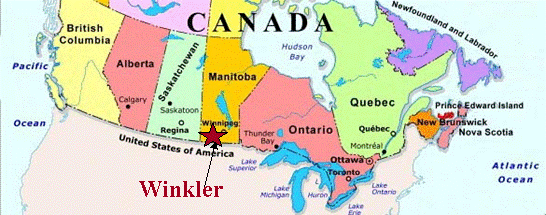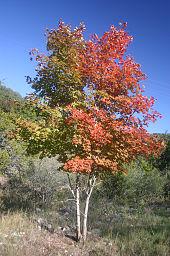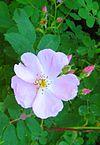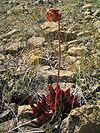The theme: «Wildlife of Canada»
Aims:
1. To consolidate pupils’ knowledge concerning the theme;
2. To develop students’ creative work;
3. To practice in reading and answering questions;
Procedure of the lesson:
I. Greeting.
II.Warm-up.
Morning meditation You may meet every morning with this meditation
III. Brainstorming.
Let’s check up your homework topic “The McCord Museum” by this task. True or False. If the sentence or a passage is false, correct it.
- The McCord Museum is a public research and teaching museum dedicated to the preservation, study, diffusion, and appreciation of Canadian history.
- .
- The museum, whose full name is McCord Museum of Canadian History, is located at 690 Sherbrooke Street West, next to McGill University, in downtown Ottawa, Quebec, Canada. False downtown Montreal
- The collection was based on the McCord family collection. Since 1878, David Ross McCord had been adding to the already considerable collection assembled by his family since their arrival in Canada. True
- The museum was founded in 1921 by David Ross McCord, based on his friend’s collection of objects. Since then the museum's holdings have increased substantially. False own family collection
IV. Presentation
- New vocabulary terrestrial marine boreal forest, mixed forest, broadleaf forest, prairies temperate coniferous forests hosts significant biodiversity. Encroachment Migratory Bird Sanctuaries mammals, reptiles, beaver,black bear, Canada lynx, reindeer (caribou) American robin, Canada goose, greater snow goose, purple martin, whooping crane Cooper's hawk, herbs, ferns, mosses and other flora. black spruce, white spruce, balsam fir, jack pine,white birch,
- Reading Work in groups Topic «Wildlife of Canada»
The 1st group
Canada lies within the fifteen terrestrial and five marine ecozones. The largest marine ecozone is the Arctic Archipelago whereas the terrestrial ecozone is the Boreal Shield. The main biomes of Canada are tundra, boreal forest, mixed forest, broadleaf forest, prairies, Rocky Mountains, and temperate coniferous forests which hosts significant biodiversity.
In recent decades, human encroachment has posed a threat to Canada's wildlife; in response National Wildlife Areas (NWAs) are set aside under the Canada Wildlife Act. There are National Parks, National Wildlife Areas, as well as Migratory Bird Sanctuaries. National parks protect natural regions in Canada. NWAs conserve habitats for species at risk. Migratory bird sanctuaries protect the breeding grounds of migratory birds during the nesting season.
The 2nd group
Fauna of Canada
The fauna of Canada can be grouped into mammals, reptiles, amphibians, fish, birds, and insects. Canada is known for its mammals such as American bison, Arctic hare, beaver,black bear, Canada lynx, reindeer (caribou), coyote, grizzly bears, gray wolf, red fox, lemming, meadow mice and many others.To name a few of the birds identified with Canada would be the American robin, Canada goose, greater snow goose, purple martin, Cooper's hawk, whooping crane and others. The biology survey of Canada cites that there are approximately 55,000 species of insects, and 11,000 species of mites and spiders.
The 3rd group
Flora of Canada
According to environment Canada the nation of Canada hosts approximately 17,000 identified species of trees, flowers, herbs, ferns, mosses and other flora. Some trees native to Canada are black spruce, white spruce, balsam fir, jack pine,white birch and others.
The 4th group
National flora and fauna symbols of Canada

 The maple leaf and maple tree is the national flora symbol of Canada
The maple leaf and maple tree is the national flora symbol of Canada 



















